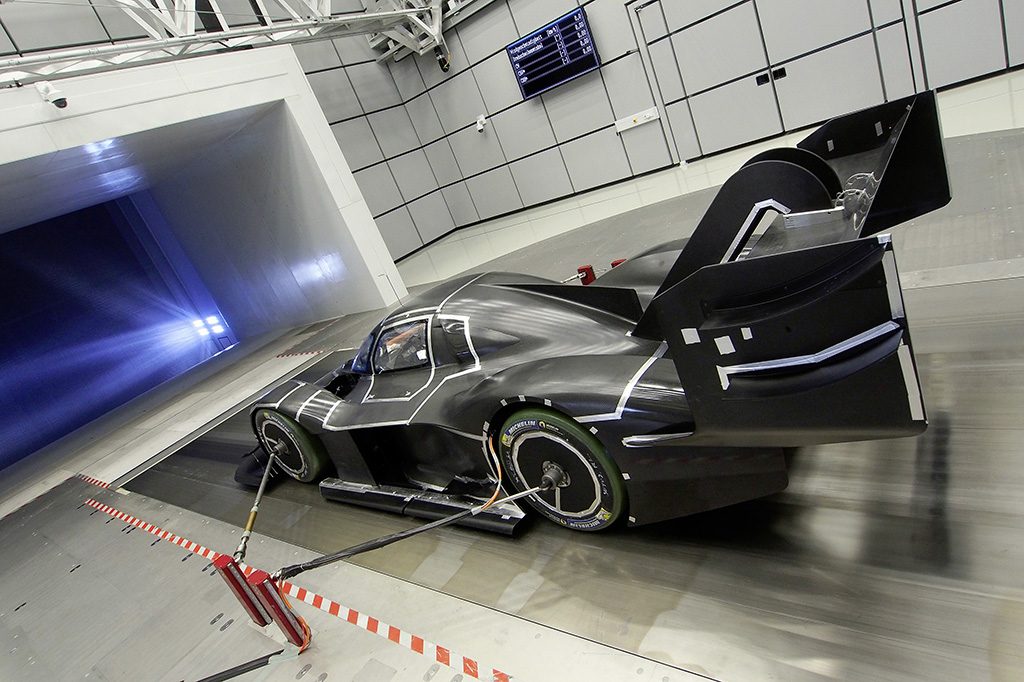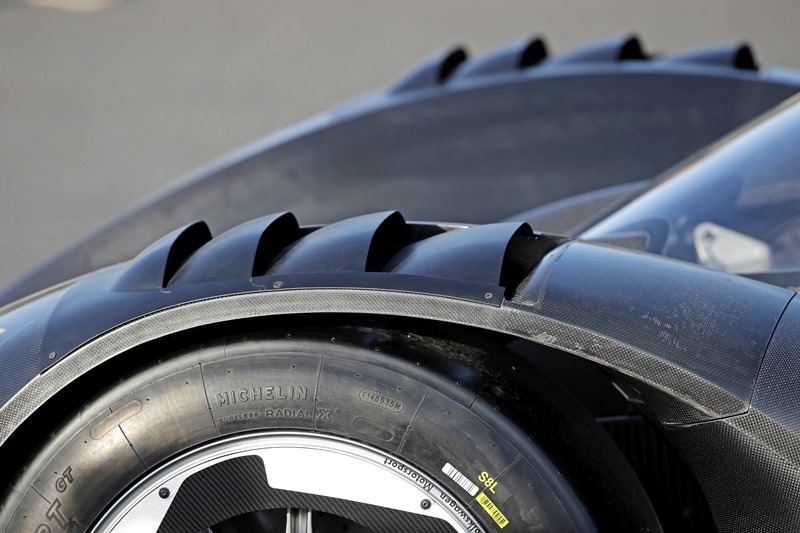The Volkswagen I.D. R prototype electric racecar has smashed records at the 2018 Pikes Peak International Hill Climb (PPIHC) with thanks, in part, to 3D printing.
Given only 8 months to produce car for the renowned “Race to the Clouds”, the engineering team at Volkswagen had to apply their initiative to the process in order to save valuable time.
Dr. Benjamin Ahrenholz, Head of Calculations/Simulations at Volkswagen Motorsport, states, “We gained a lot of time by using 3D printing,”
“We made about 2,000 individual parts for the wind tunnel model in the 3D printer, sometimes with several printers working at the same time.”

Electric record breaking speeds
The PPIHC is an annual hill climb challenge that has taken place in Colorado since 1916. A range of divisions and vehicles classes can take part in the challenge, including vintage cars, sidecars, motorcycles and heavyweight vehicles.
The Volkswagen I.D. R is classed under the 4-wheel Unlimited and alternative fuel divisions. In Unlimited, the PPIHC states, “Anything goes […] as long as [the vehicle] passes safety inspection and meets The Broadmoor PPIHC’s general rules.”
The previous Unlimited record was set in 2013 by Sébastien Loeb, in a Peugeot 208 T16 at a time of 8:13.878. The Volkswagen outstrips this record with a recorded time of 7:57.148, driven by 4 time PPIHC winner Romain Dumas.
As an aside, the car also beats Blake Fuller’s 2016 record for an electric vehicle in a Tesla S P90D (11:48.264) though the Tesla is a production class rather than modified like the I.D. R.
A team effort
The success of the I.D. R is credited, along with Dumas’ driving, to its development. A 1:2 scale model of the car produced for wind tunnel testing was a crucial part in finalizing the vehicle design. It helped the team determine the most aerodynamic shape for the car, and reduce any unnecessary weight.
It also significantly reduced the cost of prototyping. Typically, Volkswagen would have had to shell out on injection molded carbon fiber components – of a much greater cost than those 3D printed in plastic.
To meet the same specifications of end-use parts, the 3D printed components had to have an edge length of no greater than 50 cm.
3D printed parts that made it into the final vehicle model are auxiliary components, e.g. brackets for cables and switches.

An “unstoppable force”
Simulation software company ANSYS, that is also incredibly active in additive manufacturing, had a hand in the virtual testing stage of the development I.D. R.
Shane Emswiler, vice president and general manager at ANSYS, comments, “Together, Volkswagen and ANSYS achieved the perfect combination of energy management, electric propulsion and aerodynamics to set the record at Pikes Peak,”
“Dumas’ world-class driving, Volkswagen’s groundbreaking vehicle design and ANSYS’ industry leading multiphysics solutions created an unstoppable force on the track.”
In total, Dr. Ahrenholz’s notes dictate that several hundred different chassis configurations were tried and tested throughout the whole project.
For more updates on this case as it progresses sign up to the 3D Printing Industry newsletter, follow us on Twitter, and like us on Facebook. Seeking a career in engineering? Join 3D Printing Jobs now.
Featured image shows the Volkswagen I.D. R Pikes Peak in full livery testing in Colorado. Photo via ANSYS, Inc.


